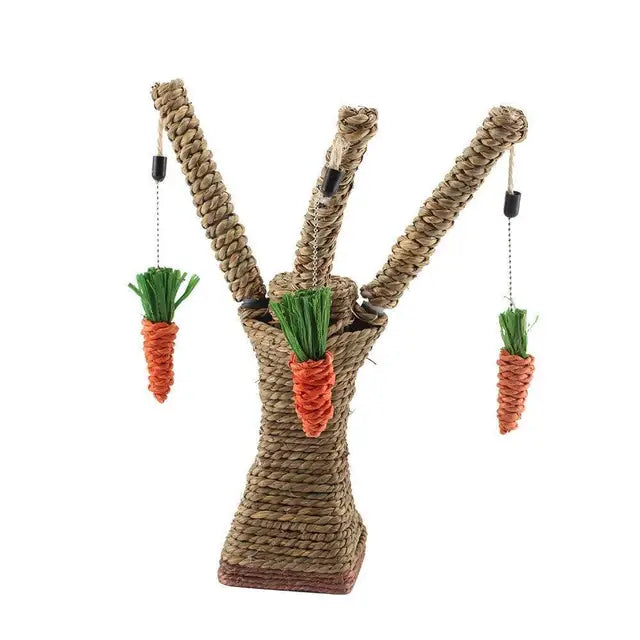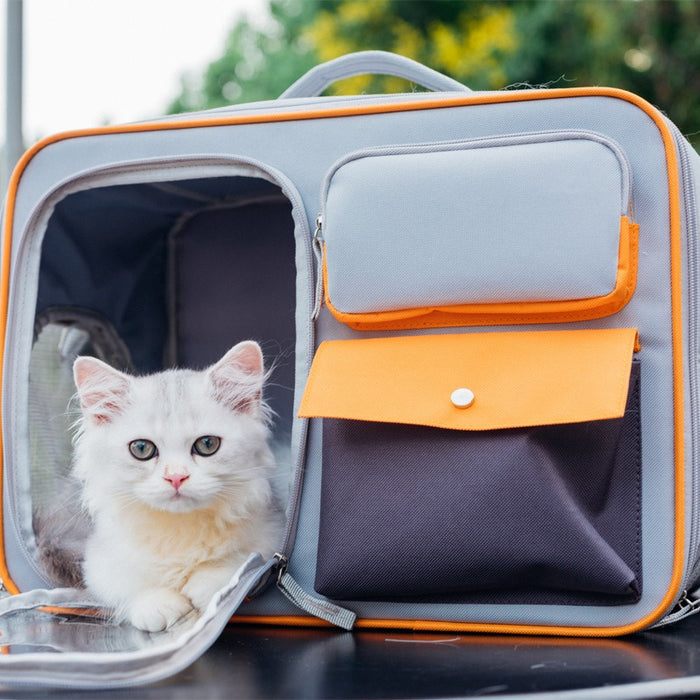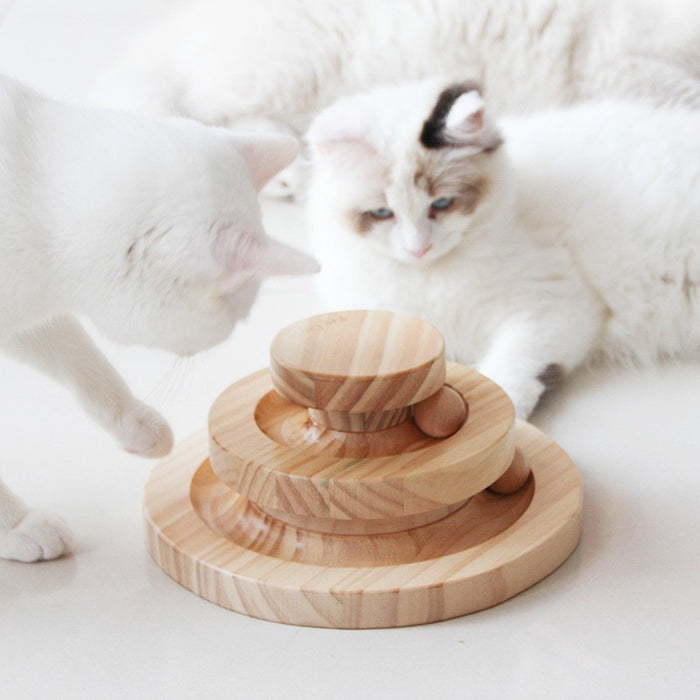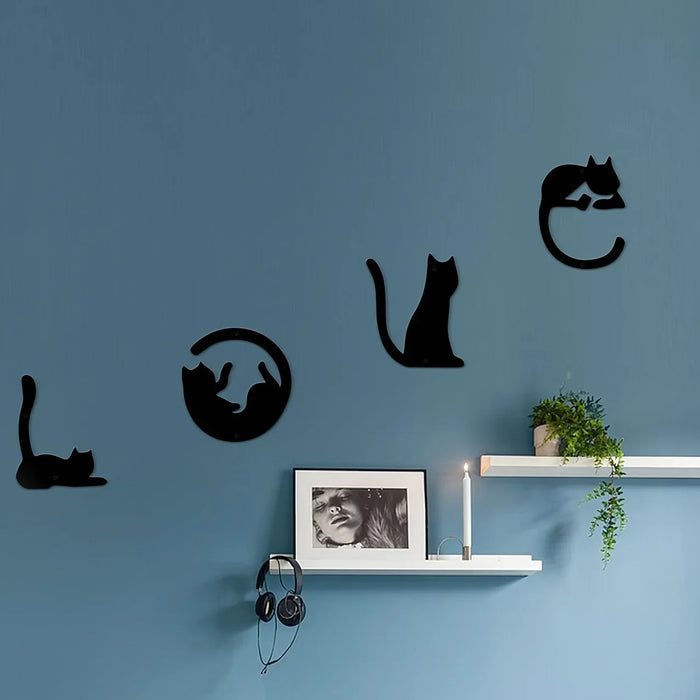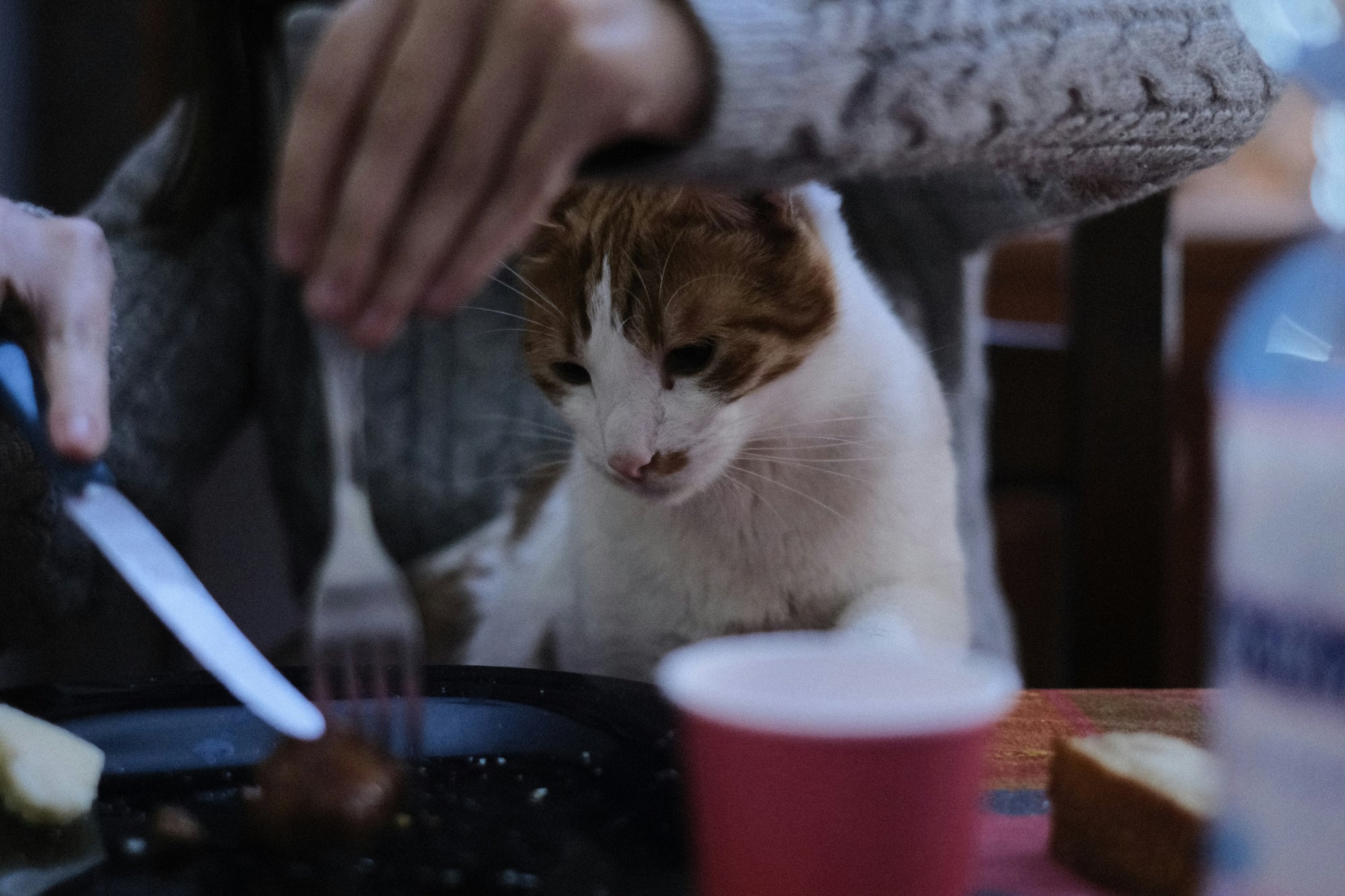

· By Catnip Crazed
No-No Nibbles: Dangerous Foods Your Cat Should Never Eat
Have you ever caught yourself sharing a snack with your purring pal, only to wonder if it's actually safe for them? Well, you're not alone. It's easy to assume that what's good for us is good for our feline besties, but that's not always the case. Today, we're diving deep into the world of "no-no nibbles"—those seemingly harmless human foods that could actually be dangerous for your cat.
Understanding Feline Nutrition
Before we list the foods to avoid, let's talk about what makes cats' dietary needs unique. Unlike us omnivorous humans, cats are obligate carnivores. This means their bodies are designed to thrive on meat, and they require certain nutrients found only in animal products to stay healthy. So, while we enjoy a varied diet, our feline friends have more specific needs.
Why Human Food Is a No-Go
Cats process foods differently than humans do. Some ingredients that are perfectly safe for us can be toxic or harmful to them. Feeding cats human food not only risks introducing these dangerous elements but can also lead to nutritional imbalances or obesity.
The No-Go List: Foods You Should Never Feed Your Cat
Now, onto the main event—the foods you should keep far away from your beloved kitty.
Onions and Garlic
These kitchen staples can cause anemia in cats by breaking down their red blood cells. Whether raw, cooked, or powdered, keep onions and garlic off your cat's menu.
Chocolate
Most pet owners know chocolate is a no-no for dogs, but it's just as toxic to cats. Theobromine, found in chocolate, can cause heart problems, muscle tremors, or seizures in cats.
Alcohol and Caffeinated Beverages
It might seem obvious, but even small amounts of alcohol can be deadly to a cat. Caffeine isn't any better, causing rapid breathing, heart palpitations, and muscle tremors.
Grapes and Raisins
Though the toxic compound is unknown, grapes and raisins can cause kidney failure in cats. It's best to keep these fruits out of paw's reach.
Bones and Fat Trimmings
Cooked or raw, bones can splinter and cause internal damage or blockages. Fat trimmings can lead to pancreatitis, a painful and potentially dangerous condition.
Liver in Large Amounts
While liver can be a healthy treat in small amounts, too much can cause vitamin A toxicity, leading to bone problems and other health issues.
Dog Food
Occasionally sneaking a bite of dog food won't harm your cat, but regular consumption can lead to malnutrition since dog food lacks essential nutrients cats need.
Recognizing the Signs of Food Poisoning in Cats
If your cat does ingest something they shouldn't, it's important to know the signs of food poisoning: vomiting, diarrhea, lethargy, or more severe symptoms like seizures. If you notice any of these, contact your vet immediately.
Safe Feeding Practices
To keep your kitty safe and healthy, always keep toxic foods out of reach and stick to a balanced, vet-approved diet. When introducing new foods, do so gradually and under the guidance of your veterinarian. And remember, treats should be just that—a treat, not a staple of their diet.
Safe Treats and Better Alternatives
While it's clear what not to feed your cat, you might wonder what your safe, healthy options are. Lean meats like chicken or turkey, cooked and unseasoned, can be great choices. There are also many high-quality commercial cat treats designed to meet their nutritional needs and satisfy their carnivorous cravings. Always introduce new treats slowly and in moderation to avoid upsetting their stomach.
Creating a Cat-Safe Environment
With our homes filled with a variety of foods, creating a cat-safe environment is crucial. This means being vigilant about not leaving harmful foods within reach and educating everyone in the household about these dangers. Consider keeping a list of dangerous foods on your fridge as a reminder for both residents and guests.
When to Consult Your Veterinarian
Anytime you're unsure about a particular food or your cat's dietary needs, it's best to consult with your veterinarian. They can provide personalized advice based on your cat's health, age, and nutritional requirements. Regular check-ups are also a great opportunity to discuss your cat's diet and make any needed adjustments.
Conclusion
Navigating your cat's dietary needs doesn't have to feel like rolling the dice. Armed with the right knowledge and a cautious approach, you can ensure your feline enjoys a safe, nutritious diet that keeps them purring for years to come. Remember, when in doubt, leave it out—and always opt for cat-specific foods and treats that cater to their unique dietary needs.
Sharing this knowledge can make a big difference in the lives of cats and their owners. So, spread the word, and let's all do our part to keep our whiskered companions healthy, happy, and far away from those no-no nibbles!

